Ilioinguinal nerve
Introduction
Ilioinguinal nerve
The ilioinguinal nerve is also one of the branches of the lumbar plexus. It is a mixed type of nerve that rises as a continuation of the inferior branch of the anterior (ventral) ramus of spinal nerve L1.
The function of the ilioinguinal nerve is to give the sensory supply to the skin of the upper anteromedial thigh and partially the external genitalia. Moreover, it gives motor supply to the internal oblique abdominal and transversus abdominis muscles.
Origin and course
The ilioinguinal nerve is a continuance of the anterior ramus of spinal nerve L1. In some cases, it may also collect contributions from the subcostal (T12) nerve or L2. Upside its origin, the nerve passes posterior to the psoas major and then appears on the anterior surface of the quadratus lumborum. It continues obliquely downwards beyond its surface, passing also over the anterior surface of the iliac muscle. Finally, at the level of the iliac crest, it penetrates the transversus abdominis muscle.
After penetrating the transversus abdominis, the ilioinguinal nerve also passes through the internal oblique muscle to enter the inguinal canal. In the canal, the nerve is detected superficially to the spermatic cord.
The ilioinguinal nerve leaves the inguinal canal via the superficial inguinal ring, after which it gives off its terminal sensory branches: the anterior scrotal/labial nerves which supply skin in the genital region. During its course through the inguinal canal, the ilioinguinal nerve can form different connections with the iliohypogastric nerve.

Branches and function
Ilioinguinal nerve
The ilioinguinal nerve is a mixed type of nerve and it gives the following motor and sensory branches:
- Motor branches: Along its course over the posterior abdominal wall, the ilioinguinal nerve gives off the motor branches that supply the transversus abdominis and internal oblique muscles.
- The anterior labial/scrotal nerves: After leaving the inguinal canal, the ilioinguinal nerve gives the anterior labial nerve in females, and anterior scrotal nerves in males. The dermatome supplied by these branches includes the skin of the anterior 1/3rd of the labium majus and the root of the clitoris (in females), and the skin of the anterior 1/3rd of the scrotum and the root of the penis (in males).
- Also, the ilioinguinal nerve supplies the skin of the proximal aspect of the medial thigh.
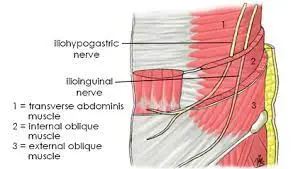
Anatomical variations
The ilioinguinal nerve is little than the iliohypogastric nerve and sometimes this nerve is so little that it joins with the iliohypogastric nerve where it pierces the quadratus lumborum. In this give, a branch of the iliohypogastric nerve will then take its place. The ilioinguinal nerve can sometimes be not present and in this case, the iliohypogastric nerve will then supply its territory.
Ilioinguinal nerve: Injury, entrapment, and nerve block
The ilioinguinal nerve is exposed to damage during abdominal surgery or from any trauma to the abdominal wall. Injury to the ilioinguinal nerve can cause a weakening of the transverse abdominis and internal oblique muscles, which can lead to the progression or the development of an inguinal hernia. Moreover, inguinal incisions accomplished to repair inguinal hernias are high-risk incisions and may injure the ilioinguinal nerve. The nerve may also be injured if it is included in the suture during incision closure causing nerve entrapment. Injury to the nerve can lead to pain in the sensory distribution described above.
Both ilioinguinal nerve damage and entrapment during an inguinal hernia restoration can lead to Post-Herniorraphy Pain Syndrome or inguinodynia, which is chronic pain in the groin region or groin area lasting for greater than 3 months following inguinal hernia restore surgery, otherwise known as a herniorrhaphy. This can be treated with analgesics or physical therapy treatment but these have been shown to have little effect. Ilioinguinal nerve block has been shown to be more effective in reducing or decreasing groin pain following herniorrhaphy. Nerve blocks can temporarily and flexibly block nerve transmission, leading to pain relief.
Local anesthesia directed between the layers of the transverse abdominus and internal oblique muscles, as well as between the internal oblique and external oblique muscles, can cause temporary analgesia. The injection is placed 2cm medial and 2cm superior to the anterior superior iliac spine and can include different chemical agents such as anesthetics, steroids, glycerol, or alcohol.
FAQ
What muscles does the ilioinguinal nerve supply?
The ilioinguinal nerve supplies the anterior surface of the scrotum or labia majora, the root of the penis or mons pubis, and a small aspect of the upper anteromedial thigh surface. It also supplies the internal oblique and transversus abdominis muscles.
What muscles are supplied by the iliohypogastric nerve?
The iliohypogastric nerve arises from the first ventral rami in the lumbar plexus. It gives motor supply to the transversus abdominis and the internal oblique muscles
How do you treat ilioinguinal nerve damage?
Initial treatment of ilioinguinal neuralgia will normally consist of anti-neuropathic, nonsteroidal anti-inflammatory, and weak opioid medication. Qutenza patches can also be considered a conservative method of localized treatment.
What does ilioinguinal nerve pain feel like?
Ilioinguinal neuralgia is one of the commonest causes of lower abdominal and pelvic pain. Its major symptoms include a burning sensation pain and numbness over the lower abdomen that radiates or spreads to the genitalia and into the inner thigh.
How to fix ilioinguinal nerve pain?
Managing ilioinguinal nerve pain
Use of nerve blocks, anti-inflammatories, and neuromodulators may be prescribed that may be given orally or by pain relief injection into the area. These conservative measures are normally sufficient to decrease the pain, but more serious pain may require other solutions.

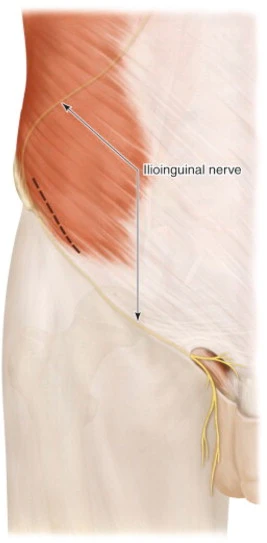
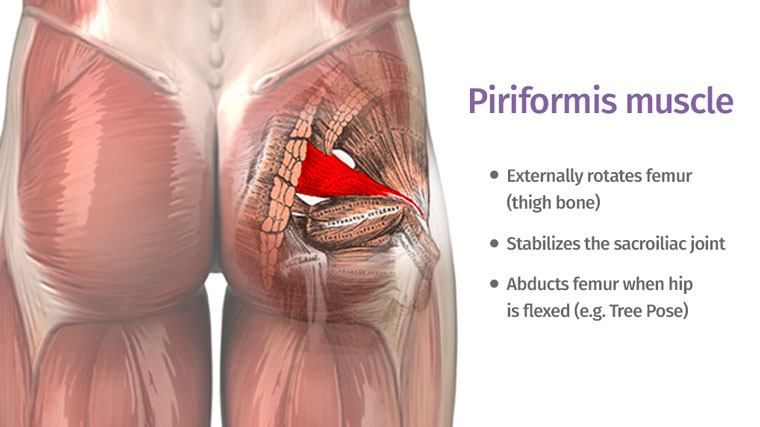
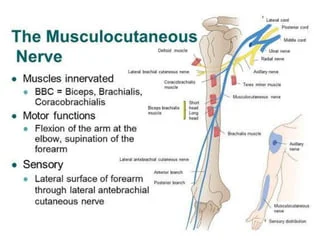
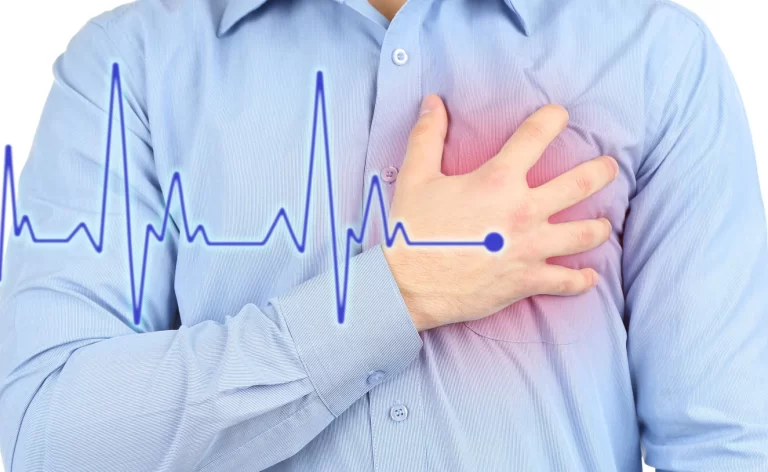

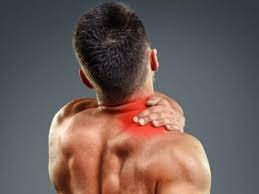
One Comment